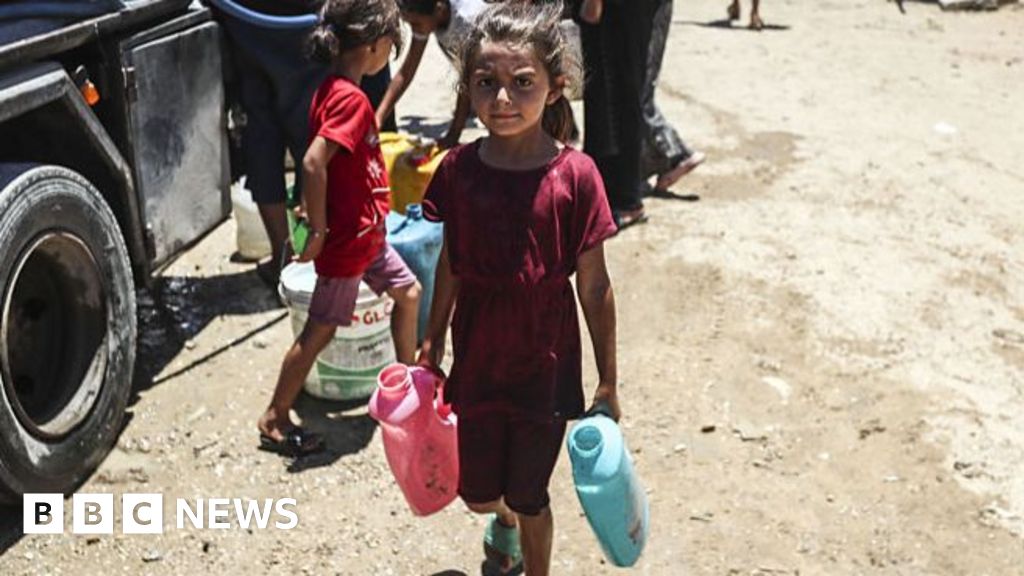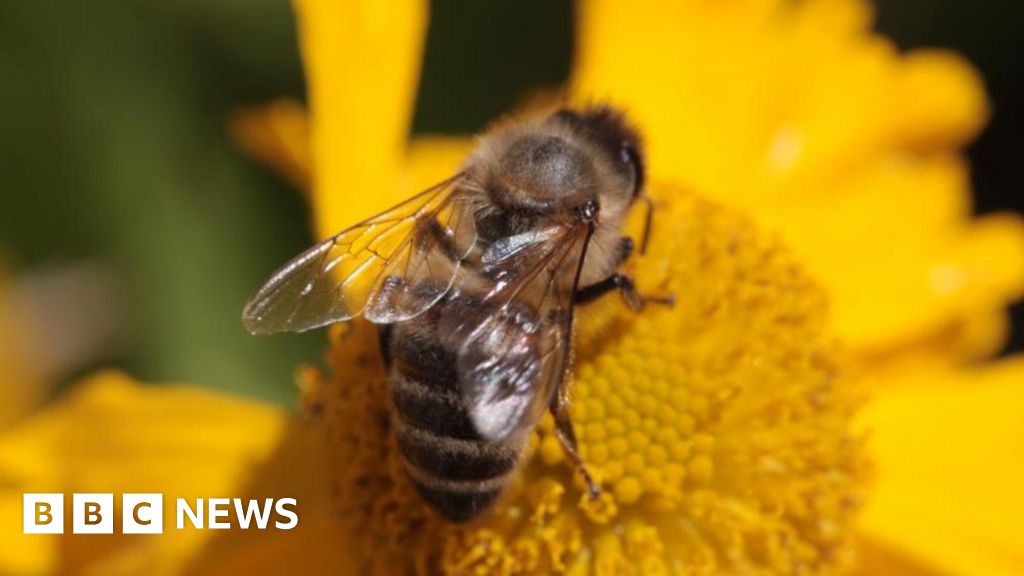Children under 8 should not be given slushies, according to a new study. The glycerol in slushies may lead to low blood sugar and other health problems.
Summer is almost here, so you may want to indulge in all things cold. Apart from chilled water, slushies may be your go-to summer beverage. The semi-frozen, ice-based beverage made by blending crushed ice with sugary syrups, fruit juices, or artificial flavourings can help to beat the heat. It is not just popular among adults, but kids also love it. However, if your child is under 8, make sure not to give your little one this beverage. The glycerol in slushies, which are high in sugar, and low in nutrients, may make your child ill, according to a new study.
Glycerol in slushies: What does the study say?
Children, aged less than 8, should completely avoid slushies containing glycerol, according to a study published in the Archives of Disease in Childhood in March 2025. This conclusion was made after researchers reviewed the cases of 21 kids, aged less than 8. They fell ill within an hour of having the chilled beverage. According to the researchers, the children had “glycerol intoxication syndrome.” About 94 percent of the kids experienced a drop in consciousness, 95 percent of them had extremely low blood sugar level, and 94 percent of them ended up with a buildup of acid in their body.
Even the UK’s Current Food Standards Agency has warned against consumption of the beverage by children under five.
What is glycerol?
It is a naturally occurring, colourless, and odourless compound often used as a food additive and humectant, which is a substance that retains moisture. It is derived from plant oils or animal fats, and is added to frozen beverages like slushies to prevent the formation of ice crystals and maintain a smooth texture. “Classified as a sugar alcohol, it provides 4 calories per gram, similar to carbohydrates,” says nutritionist Haripriya. N.
It helps in retaining water in the body, which is why it is often used in hydration drinks for athletes. Beverages with glycerol can enhance and maintain hydration status, and may improve performance during exercise, as per an analysis published in Nutrition Reviews in 2009.
Glycerol in slushies: Why is it harmful for children?
Here’s how glycerol in slushies can be bad for kids:
1. Glycerol intoxication
“In children, especially those with lower body weight and developing organs, glycerol in slushies can lead to glycerol intoxication,” says neonatologist and paediatrician Dr Abhishek Chopra.
It can cause health problems like:
- Dizziness
- Nausea
- Headaches
- Confusion
- Fatigue
2. Imbalance in body fluids
“Glycerol in slushies acts as a diuretic, which means it can easily draw water from the body into the intestines,” says Dr Chopra. This can lead to dehydration, and electrolyte imbalance, which is the loss of essential minerals like potassium and sodium.
3. Impact on kidney function
Glycerol in slushies can put extra pressure on the kidneys to process and eliminate excess fluids. “Since children’s kidneys are still developing, this can lead to strain on the kidneys,” says Dr Chopra. There may be a risk of kidney dysfunction as well.
4. Affects digestive health
The glycerol in slushies can negatively affect children’s digestive health. It can cause bloating, diarrhea, and abdominal pain in really young kids. “Their digestive health may get impacted, as children’s digestive systems struggle to break down sugar alcohols effectively,” says Haripriya.
5. Blood sugar fluctuations
Glycerol in slushies does not spike blood sugar like regular sugar. “It can still contribute to insulin resistance and weight gain if consumed frequently,” says Haripriya. So, opt for natural, fruit-based slushies with no added sugar or artificial additives.
You may also like



How much slushy is safe to consume?
The safe amount of slushy consumption depends on the ingredients and age group, especially for children.
- For children (under 8 years): Glycerol in slushies is a big no, as it can disrupt hydration levels and cause nausea. “If you want to give your child a slushy, limit to 100-150 ml (half a cup) of a natural, fruit-based slushy without added sugar or artificial flavours,” says Haripriya. Still, it should be consumed occasionally, not more than 1-2 times a week.
- For older children: Up to 200-250 ml (one small cup) of a low-sugar, natural slushy can be safely consumed. Even they should avoid frequent consumption of commercial slushies due to high sugar and artificial additives.
- For adults: “Up to 300-350 ml, which is one standard cup of a healthy, homemade slushy is safe,” says Haripriya. Glycerol in slushies or the ones with artificial colours, and added syrups should be taken as little as possible.
Slushies can be made at home with natural fruit puree, coconut water, mint, and lemon. “Use natural sweeteners like honey or dates instead of refined sugar. Also, add chia seeds or basil seeds for fibre and hydration,” suggests Haripriya.
Glycerol in slushies is commonly used to prevent the formation of ice crystals in the chilled beverage. However, it can make children, especially under 8, really sick. It can disrupt hydration levels, cause nausea, and headaches. If you are craving a slushy, go for a homemade version with fresh fruit, and natural sweeteners.
Related FAQs
Is glycerol fake sugar?
No, glycerol is not a fake sugar. It is a sugar alcohol, but not the same as artificial sweeteners like aspartame or saccharin. It is commonly used as a thickening agent, preservative, and sweetener in foods and beverages like slushies, ice cream, and baked goods.
Does milk contain glycerol?
No, natural milk does not contain glycerol. It is a nutrient-rich liquid that primarily contains water, proteins like casein and whey, fats, carbohydrates, and minerals like calcium.
Source link


















